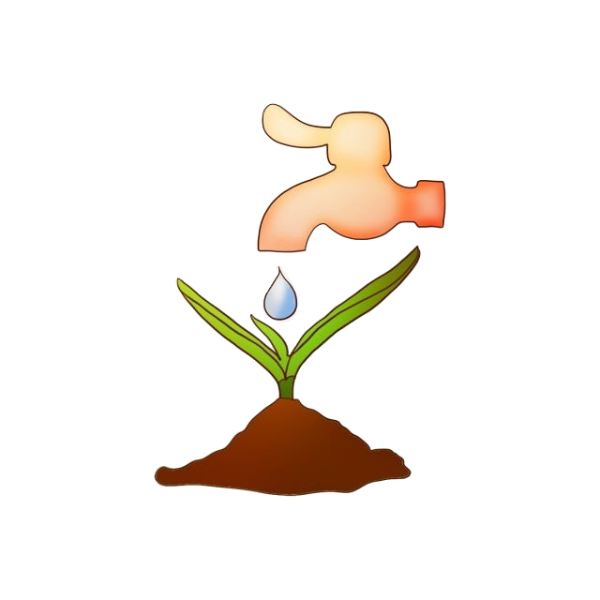A troubling health pattern has emerged from Rajasthan’s farm belt. A Dainik Bhaskar (Kota, 26 November 2025) investigation has revealed unusual blood irregularities among farmers who work daily with pesticides. That daily newspaper reports that the findings don’t prove causation, but they do raise urgent questions about long-term chemical exposure. Nineteen farmers from Sriganganagar, Hanumangarh, […]
About subhabrata
Posts by :
Preparing a Vegetarian Dish from mixed Fourteen Greens on Bhoot Chaturdashi marks the deep connection of Indian agricultural heritage of following biodiverse natural farming
It is said that — on Bhoot Chaturdashi (the day before Diwali Amavasya or Dipanwita Amavasya), whoever eats fourteen types of leafy greens (Choddo Shaak) remains far from the abode of Yama, the god of death. Here is the list of these fourteen greens: (1) Ol (Amorphophallus campanulatus), (2) Keu (Costus speciosus), (3) Beto (Chenopodium […]
Role of metal organic framework (MOF) in soil moisture conservation
Abstract Metal–organic frameworks (MOFs) are an emerging class of crystalline, porous materials with tunable chemistry and exceptionally high surface area, offering new possibilities for soil moisture conservation. Their capacity to adsorb and desorb water enables MOFs to act as microscopic water reservoirs, storing moisture during humid conditions and releasing it gradually as the soil dries. […]
Conversation with Prof. Subodh Mathur, an MITan & Member of the Harvard Business Review Discussion Group on ‘Agroforestry – Nature Based Solution for Climate Change and Food Security’
Conversation with Prof. Subodh Mathur, an MITan & Member of the Harvard Business Review Discussion Group on ‘Agroforestry – Nature Based Solution for Climate Change and Food Security‘: (https://lnkd.in/gfR-6my6) The conversation was centered around the key concept of the book, entitled, ‘Agroforestry: Nature Based Solution for Climate Change and Food Security‘, (https://link.springer.com/book/10.1007/978-981-96-6855-7), written by Subhabrata […]
Choosing tree: Nature based solution for climate change mitigation
The annual conference Goldschmidt2025 of the European Association of Geochemistry and the Geochemical Society began two days ago, on July 6, at the Prague Congress Centre in the Czech Republic. There, the day after tomorrow, on July 10, a scientific study will be presented suggesting that certain fig trees, such as Ficus wakefieldii, can sequester […]
Water and Diplomacy: Navigating Conflict and Cooperation in Transboundary Water Governance
Abstract Water is a vital yet increasingly scarce resource that transcends national boundaries and presents both challenges and opportunities for international diplomacy. This paper examines water as a geopolitical issue, exploring its dual potential to trigger conflict and foster cooperation among nations. Drawing on international legal frameworks and case studies-including the Nile River, Indus Basin, […]
Navigating Sovereignty in the Digital Maritime Age
Abstract The digital transformation of maritime space is reshaping traditional notions of sovereignty, power, and security at sea. This commentary explores the strategic implications of maritime data as a critical asset in contemporary geopolitics. As digital surveillance, predictive analytics, and geospatial intelligence become integral to maritime operations, control over data flows now rivals physical naval […]
Restoring Land for a Resilient Future
AbstractWith up to 40% of the world’s land degraded, land degradation has emerged as a critical global challenge that extends beyond environmental concerns to threaten food security, water availability, biodiversity, and human livelihoods. As Desertification and Drought Day approaches, there is an urgent need to accelerate land restoration efforts. Degraded lands exacerbate climate change through […]
Engineering Hydrological Properties of Soil as Influenced by Incipient Soil Moisture Content
Abstract The incipient moisture content-commonly known as the permanent wilting point-represents a critical threshold in soil hydrology and geotechnical engineering. It defines the minimal moisture level at which soil can sustain plant life, beyond which water becomes unavailable due to capillary forces and diminished matric potential. This threshold profoundly influences key soil behaviors, including permeability, […]
Incipient Continental Crust Formation Through Shallow Melting of Hydrothermally Altered Mafic Protocrust in the Early Earth
The formation of the earliest continental crust remains a fundamental question in Earth sciences, with detrital zircon grains providing some of the most crucial clues. Zircons extracted from ~3 Ga sandstones in Western Australia have yielded crystallization ages up to 4.4 Ga—just 150 million years after Earth’s formation (Wilde et al., 2001). Their geochemical signatures, […]
